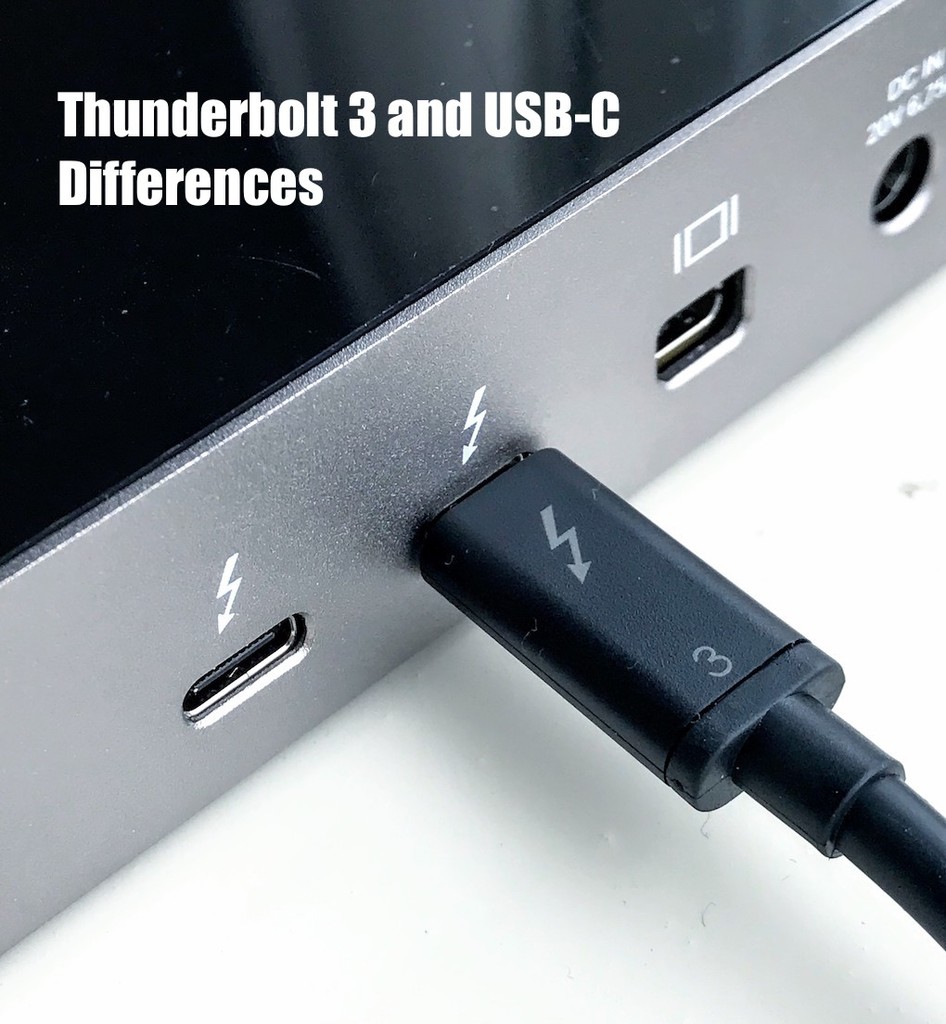- in Production by Bobby Owsinski
What’s The Difference Between Thunderbolt 3 And USB-C?

Computer ports. They’re always changing and they’re always causing confusion. At least most usually have different connectors, but I’m sure you’ve noticed that Thunderbolt 3 and USB-C share a common one. Talk about confusion – not wonder some peripheral devices don’t work all the time. Let’s see if we can sort this out.
USB-C
USB-C is a significant upgrade to the standard USB ports that we’re all so used to, thanks to some new features. These include:
- The ability to connect no matter which side is up
- The ability to deliver up to 100 watts of power to charge devices.
- The ability to provide data transfer speeds up to 10Gbps
- Supports video for a 4K display (although the connection does need converters to properly output audio data)
Thunderbolt 3
Thunderbolt is a combination of PCI Express, DisplayPort and DC power technologies and was developed by an Intel and Apple partnership. It uses the same connector as USB-C because the technologies are so similar.
Basically, you can think of Thunderbolt 3 as the same thing as USB-C, only with more features. These include:
- 40Gbps speeds (much faster than USB-C )
- Support for up to two 4K displays or a 5K display
- Native audio support
- Serial connection of multiple devices linked together and accessed by one computer
- Compatibility with all Thunderbolt 3 and USB devices
That 40GPS speed sounds great, but you have to remember that you need a special cables, especially if you need a longer connections.
The Confusion
Now here’s where it gets confusing. A Thunderbolt 3 connection can also be USB-C, but a USB-C connection can’t be T3. As stated above, T3 has a few more features that require a special chipset and cable to make it all happen.
Now that the dust has settled a bit with all the new computers with the new connectors we’ve all had a chance to go out and buy new peripherals and cables. Just remember that when it comes to Thunderbolt 3 and USB-C, there is a difference, at least until the next interface appears.

